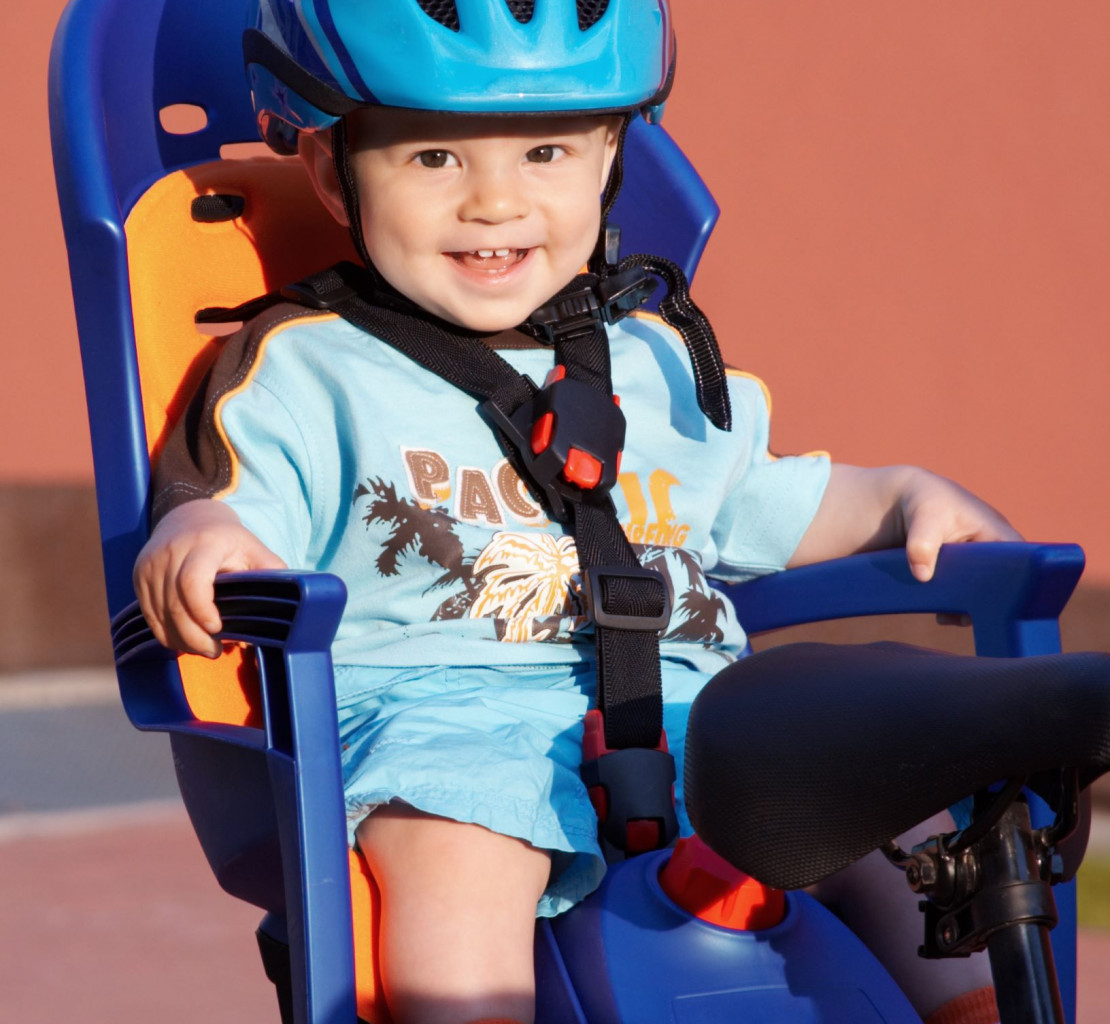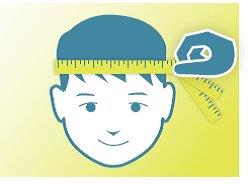Infant Helmet Guide
Updated August 13th, 2020

Bike helmets are important. In a crash, a helmet can reduce the risk of a serious head injury by up to 85%. By law, all Manitoba cyclists under 18 years of age must wear a bike helmet. This includes infants and toddlers riding in a bike trailer or bike carrier and while riding on a tricycle or a push bicycle.
When shopping for a helmet for your child, look for one that …
- Is certified as a bicycle helmet by Snell, ASTM, CPSC, EN or AS/NZS.
- Is recommended for cycling. Look for a bike helmet or a multi-sport helmet that it is approved for cycling.
- Fits the shape and size of your child’s head.
- Fits your child now, but can be adjusted to fit as he or she grows.
- Is comfortable and that your child likes.
Bicycle Helmets for Infants/Toddlers
It can be challenging to find a helmet small enough to fit a young child. Look inside the helmet and on the package to see the size range of the helmet.
The Consumer Product Safety Commission (CPSC) introduced new standards for children over 1 year of age where the helmets are designed to fit smaller heads.
How to fit your child’s helmet

- Use a tape measure to find your child’s head size. The helmet packaging will tell you the size range that it fits.
- Go by the head measurement, rather than the child’s age. While the smallest helmet fits the average 6-8 month old, it may be too large for older toddlers who are small for their age or born prematurely.
- Straps can loosen over time. Check the fit of your child’s helmet regularly and adjust the fit as needed.
- Choose a helmet that fits snugly. Buy the size that fits right now, not a larger helmet for your child will grow into. Use the sizing pads or adjustable band to fit the helmet to your child’s head. The helmet fits properly when:
- It does not wobble from side to side, or tilt from front to back.
- It does not move when your child shakes his/her head in any direction.
- The helmet stays level across the forehead just above the eyebrows.
Follow the 2 – V – 1 Rule

Take care of your child’s helmet
Take care of the helmet so it will continue to offer good protection.
- Cycling helmets are intended to withstand one hard impact. Replace the helmet if it has been in a crash, or has had a hard fall, even if it does not seem to be damaged.
- Do not drop the helmet as this can cause damage.
- Avoid storing it in a hot place like the trunk of your car since heat can cause the foam to deteriorate.
- Do not apply stickers to the helmet as this can weaken the plastic.
- Clean the helmet following the manufacturer’s instructions.
- Replace helmets every three to five years because they deteriorate over time.
Resources:
Manitoba Public Insurance – Cycling 101